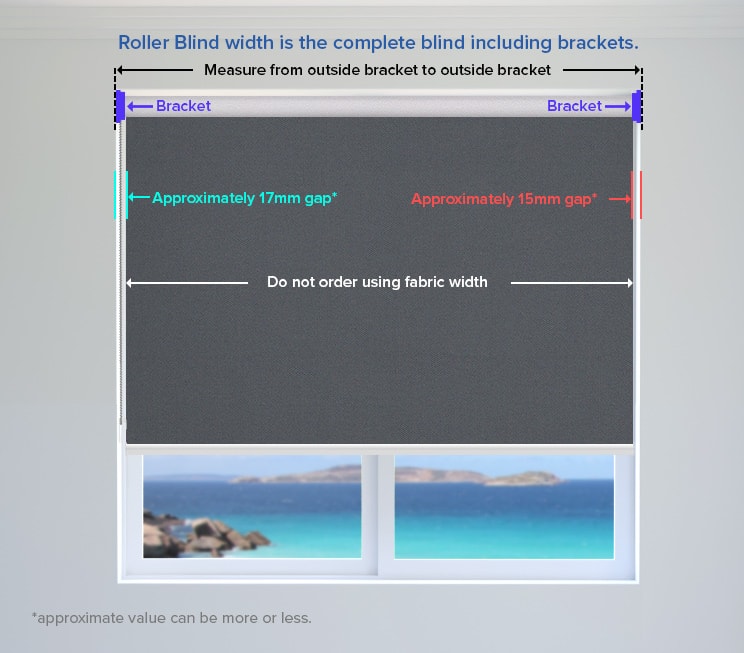Recess Fit
Measuring for a Recess Fit
This is the measurement you need to take if you want to fit the blind inside the window recess.
- Use Metal Tape measure, take all your measurements in millimetres (mm).
- Measure in 3 places for both width and drop, please provide us with the smallest measurement.
- Dont make any deductions, we will do that for you to make sure that the blinds operate properly.
On all blinds EXCEPT roller blinds we will make a deduction of 10mm from the width, 5mm off each side and up to 10mm from the drop to clear side and bottom of recess allowing blind for correct operation.
On Roller Blinds we only allow approximately 2mm deduction on width measurement as this will lessen the fabric gap.
Roller Blinds Information
- The actual fabric width will be APPROXIMATELY 32mm LESS than the width you supplied.
- The gap at each side is not the same. The gap at the control side is slightly wider than the other side.
- Do not order using fabric width.

Minimum Depth required for a Recess Fix Bracket
This is a guide with an understanding that the minimum depth for the bracket may mean that the blinds and bracket will sit outside the window recess.
| Roller Blinds | 30mm - 70mm |
| Dual Roller Blinds | 30mm - 100mm |
| Aluminium Venetian Blinds | 20mm - 35mm |
| Timber-look Nova Blinds | 30mm - 70mm |
| Vertical Blinds 89mm | 30mm - 85mm |
| Vertical Blinds 127mm | 30mm - 90mm |